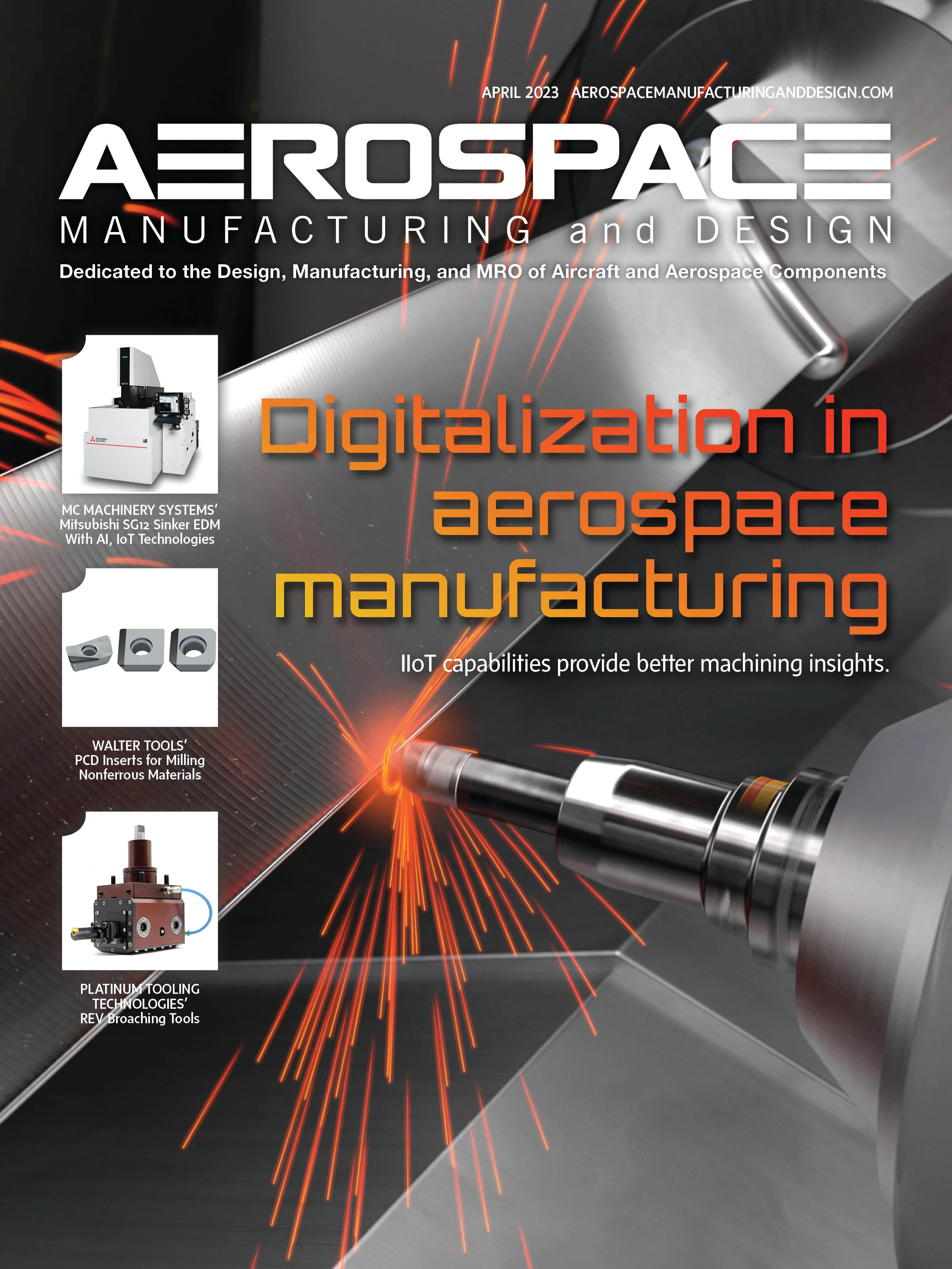
In March, Gaining Altitude featured the Top 5 States for Aerospace Attractiveness. A topic discussed further in the PwC source report, 2022 Aerospace manufacturing attractiveness rankings, is the growing importance green initiatives have for aerospace and defense (A&D) businesses choosing locations for expansion. “Competition among top states to attract space-sector investment and green aviation startups reveals a growing emphasis on public-private collaborations and the development of new technologies that cross boundaries among the civil, defense, and space areas,” the report notes.
The global priority to decarbonize all aspects of flight ensures the pace of change is likely to accelerate, based on the 2021 resolution committing International Air Transport Association (IATA) member airlines to achieve net-zero carbon emissions from operations by 2050. The resolution notes “Success will require the coordinated combined efforts of the entire industry (airlines, airports, air navigation service providers, manufacturers) and significant government support.” New technologies are expected to contribute 13% toward the objective, with sustainable aviation fuel (SAF) accounting for 65% of the goal.
PwC Global Aerospace and Defense Leader Scott Thompson offers more insight into the industry’s adoption of SAF.
“Currently, the availability of SAF is much less than 1% of what’s needed by civil aviation,” Thompson says. “Many large airlines have made a goal of using 10% SAF by 2030. That’s a significant ramp up in production capacity.”
Presently, some airlines are investing in SAF producers and some larger oil companies are subcontracting SAF production to smaller niche players. So far, there are no state or local incentives to promote SAF production. However, the federal government’s Inflation Reduction Act offers tax credits of $1.25 for each gallon of SAF in a qualified mixture having a minimum reduction of 50% in life cycle greenhouse gas emissions – with a supplemental credit of $0.01 for each percent the reduction exceeds 50%. Using a synthetic blending component derived from acceptable biomass could be an advantage for states already engaged in biomass fuel production for terrestrial applications.
Similarly, Thompson believes battery development for electric vehicle (EV) applications will lead the development of aircraft electrification. “Global auto manufacturing approaches 100 million cars produced per year. A good year for aviation is 1,000-plus large aircraft,” he explains. “Companies making nearly 100 million units a year will mature the battery technology that benefits aircraft electrification.”
Beyond having an ongoing low tax burden, specific tax incentives for new employment, new construction, and general business incentives, Thompson says states could make themselves more attractive with targeted incentives geared specifically toward battery technology.
Those same incentives could sweeten the offer to businesses in urban air mobility, unmanned aerial systems (UAS), commercial space, and aircraft maintenance activities. Companies, especially non-traditional A&D players, seeking to expand or relocate should work with state and local governments to secure those incentives. – Eric

Explore the April 2023 Issue
Check out more from this issue and find your next story to read.
Latest from Aerospace Manufacturing and Design
- Side and push clamps
- Wrap up a year of manufacturing education with 2025’s final Lunch + Learn
- How national strategy can drive local opportunities
- Muratec USA announces strategic Mid-Atlantic partnership with Alta Enterprises
- Blue laser scanner for CMMs
- Archer reveals plans for Miami air taxi network
- Threading tool, gage lines expanded
- #55 Lunch + Learn Podcast with KINEXON





